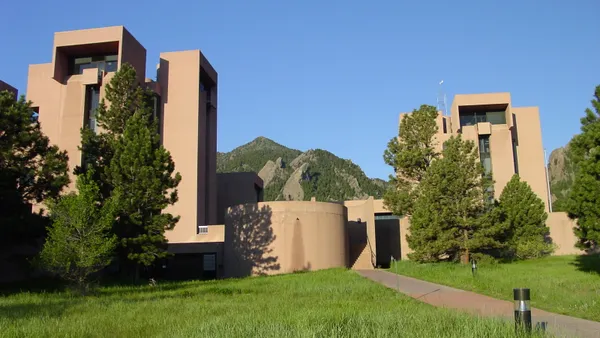Dive Brief:
- New York has chosen to make the Brownsville Houses, a Brooklyn public housing complex with nearly 3,300 residents, a testing ground for new ideas to improve multi-unit recycling. Through the NYCx Co-Lab Challenge, the city is offering up to $20,000 in funding for each winning team that can implement pilot solutions.
- The project is being led by the Mayor’s Office of Technology and Innovation, New York City Housing Authority (NYCHA) and the Department of Sanitation (DSNY). Evaluation criteria will include whether proposals can improve recycling capture rates (with limited contamination), increase resident engagement, mitigate litter, reduce the amount of time that NYCHA employees spend dealing with waste and involve the community in a meaningful way.
- Applications are due by Dec. 15. and finalists will be notified in January 2018. The winner, or winners, will be announced in March 2018.
Dive Insight:
NYCHA buildings are home to an estimated 400,000 people across New York's five boroughs. Residents in some buildings have been finding ways to create recycling infrastructure through grant funding, but the vast majority of them didn't have full access from DSNY until the end of 2016. The city's solution was to place communal recycling bins between buildings. But, because most residents are more apt to use their trash chute than take the elevator down and walk their cans outside, this system is underpeforming.
According to a recent city assessment across five complexes, NYCHA caretakers spend more than half of their time handling waste and recycling. Right now that is only resulting in about 20 bags of recycling per week. Among residents that do participate, clear confusion about the city's dual-stream system is evident. In the metal/glass/plastic (MGP) bins that were surveyed, 44% of material was paper or cardboard and 35% was landfill waste. In the paper/cardboard bins, 12% was MGP and 30% was landfill waste. DSNY views this a symptom of the current design.
"Most New Yorkers intuitively know what to recycle. It's not so much of an education problem as it as a logistics challenge," Monika Wysocki, special assistant to the commissioner, told Waste Dive.
DSNY is "very open-minded" about what those logistical solutions could look like, with an emphasis on ideas that will work for the neighborhood. Both this challenge, and a separate one about "safe and thriving nighttime corridors," came from multiple months of consultation with an intergenerational community advisory board. Residents were tired of seeing litter on their streets and were also interested in the potential for economic development opportunities.
That means the challenge's evaluation panel will be looking for ideas that reward residents for recycling or possibly even provide opportunities to utilize the resources created from it. Since DSNY recently expanded curbside organics collection to the surrounding neighborhood, the agency is interested in eventually bringing that to Brownsville Houses. Solutions that could process that material on-site either through composting or micro-digestion are even on the table. The city team repeatedly stressed that they don't want to limit potential creativity and see this as the beginning of something that can scale throughout the entire NYCHA system.
"We are looking at this as an opportunity to prove some new ideas here, or maybe some old ideas that are refashioned in a very creative way," said Jose Serrano-McClain, project lead for NYCx Co-Labs.
Because DSNY also manages the majority of multi-unit residential buildings, not a common arrangement in many cities, the agency is viewing this as a way to test scalable solutions too. If something can work in Brownsville Houses, which is home to a wide range of age groups, it could potentially have traction citywide.














